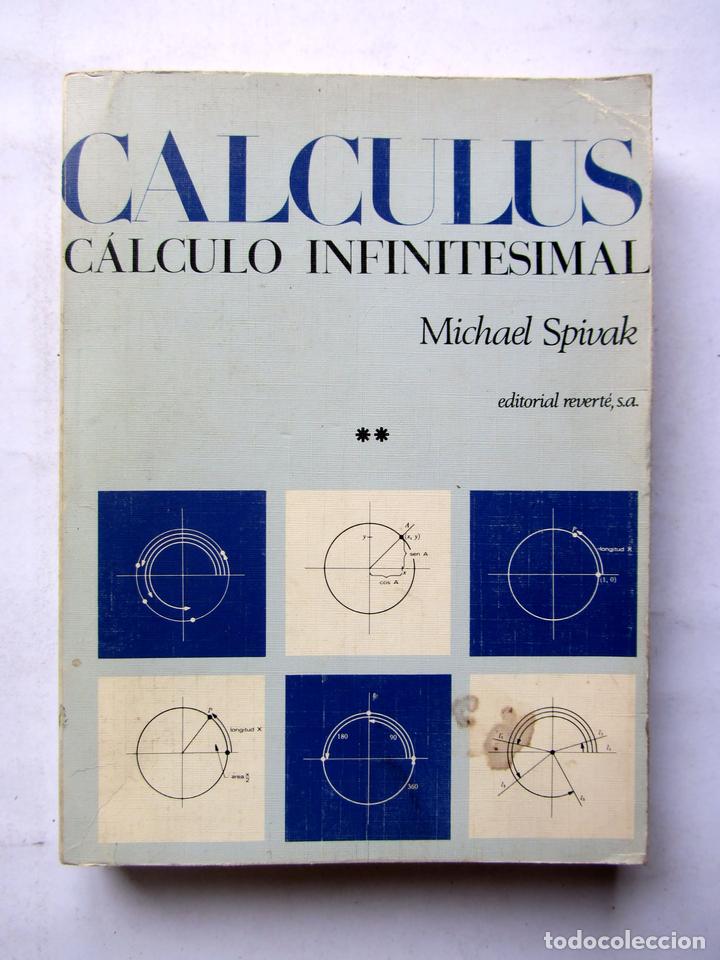

As Alexander reveals, it wasn't long before the two camps set off on a war that pitted Europe's forces of hierarchy and order against those of pluralism and change. Philosophers, scientists, and mathematicians across Europe embraced infinitesimals as the key to scientific progress, freedom of thought, and a more tolerant society. Indeed, not everyone agreed with the Jesuits. In Infinitesimal, the award-winning historian Amir Alexander exposes the deep-seated reasons behind the rulings of the Jesuits and shows how the doctrine persisted, becoming the foundation of calculus and much of modern mathematics and technology. If infinitesimals were ever accepted, the Jesuits feared, the entire world would be plunged into chaos. The concept was deemed dangerous and subversive, a threat to the belief that the world was an orderly place, governed by a strict and unchanging set of rules.

With the stroke of a pen the Jesuit fathers banned the doctrine of infinitesimals, announcing that it could never be taught or even mentioned. On August 10, 1632, five men in flowing black robes convened in a somber Roman palazzo to pass judgment on a deceptively simple proposition: that a continuous line is composed of distinct and infinitely tiny parts. Terza edizione.Pulsing with drama and excitement, Infinitesimal celebrates the spirit of discovery, innovation, and intellectual achievement - and it will forever change the way you look at a simple line. cm.16x23, pp.XVIII,914, New York, Dover Publications cm.16x23, pp.XVIII,914, brossura copertina figurata.

The text suggests a variety of applications to both natural and social sciences. The theory differs from traditional courses, but the notation and methods for solving practical problems are the same. Later chapters develop transcendental functions, series, vectors, partial derivatives, and multiple integrals. Chapter 5 introduces the traditional limit concept, using approximation problems as the motivation. Chapters 1 through 4 employ infinitesimals to quickly develop the basic concepts of derivatives, continuity, and integrals. The author also teaches the traditional approach, giving students the benefits of both methods. It exposes students to the intuition that originally led to the calculus, simplifying their grasp of the central concepts of derivatives and integrals. This first-year calculus book is centered around the use of infinitesimals, an approach largely neglected until recently for reasons of mathematical rigor. Book Description brossura copertina figurata.


 0 kommentar(er)
0 kommentar(er)
